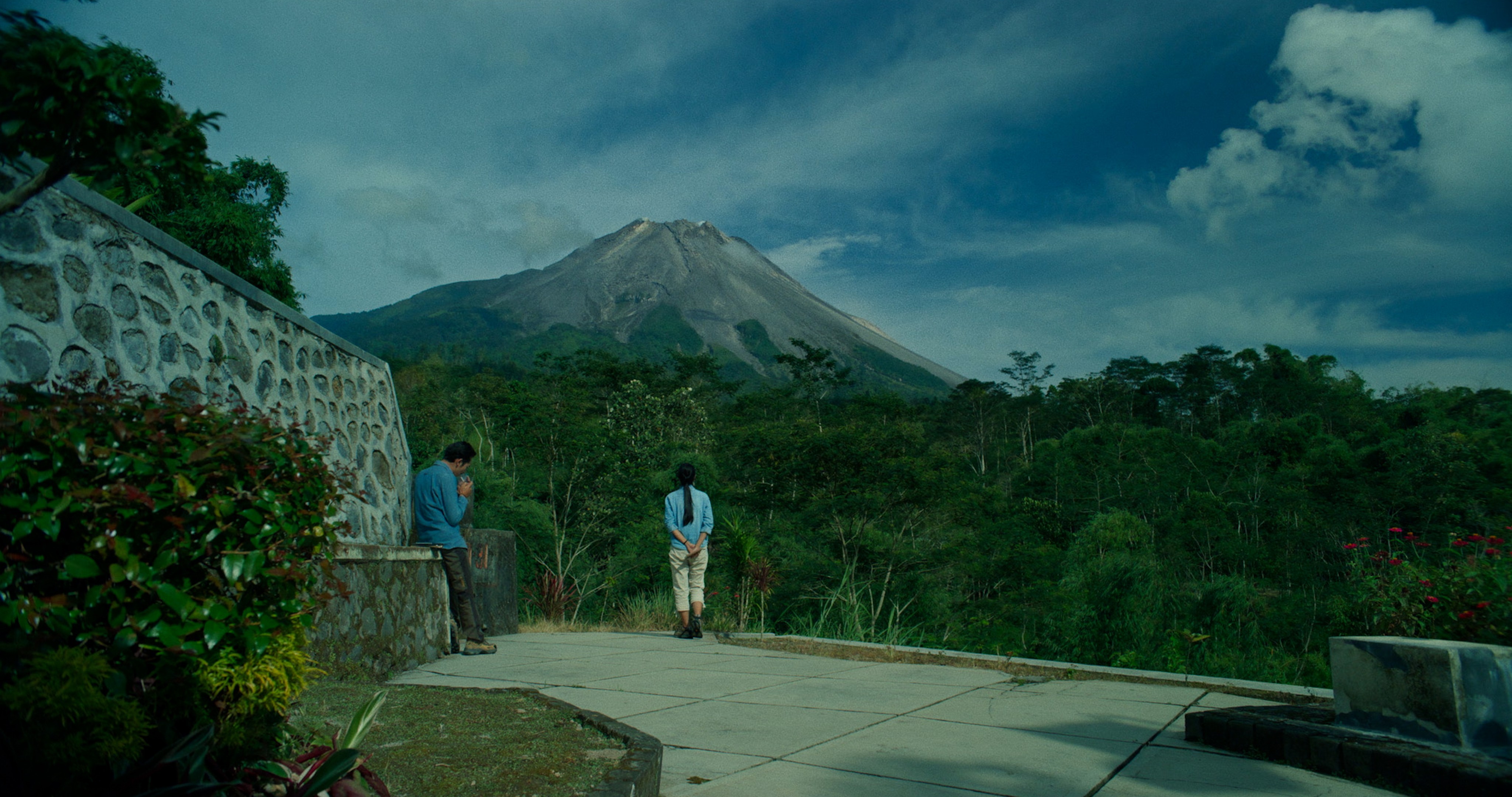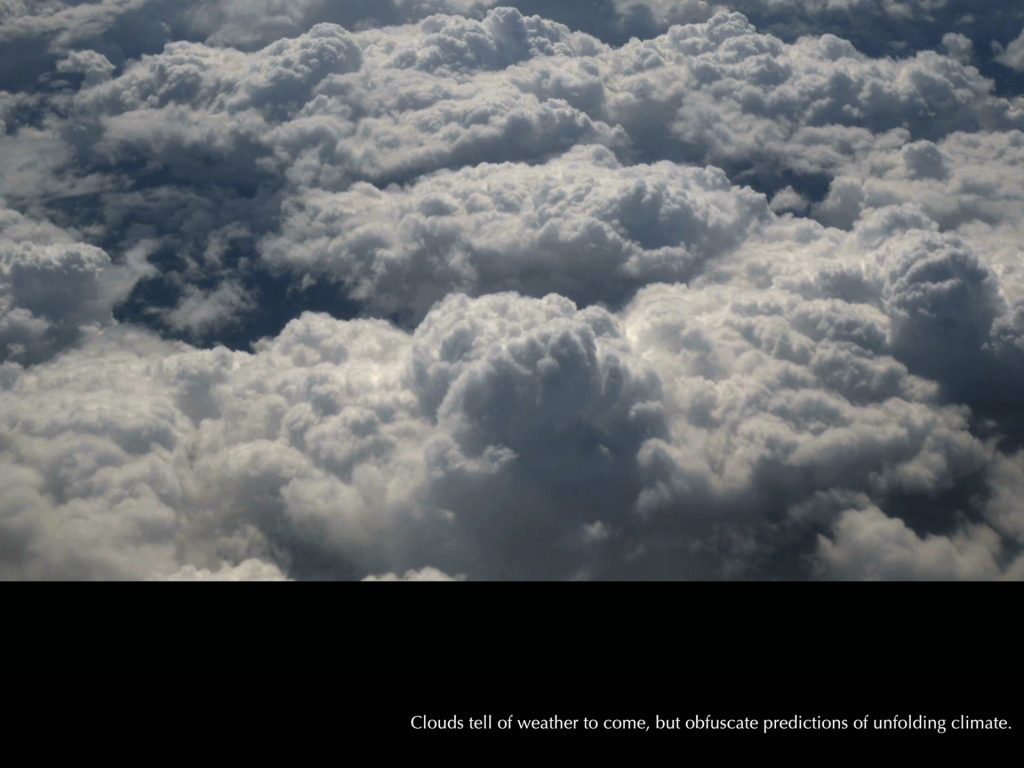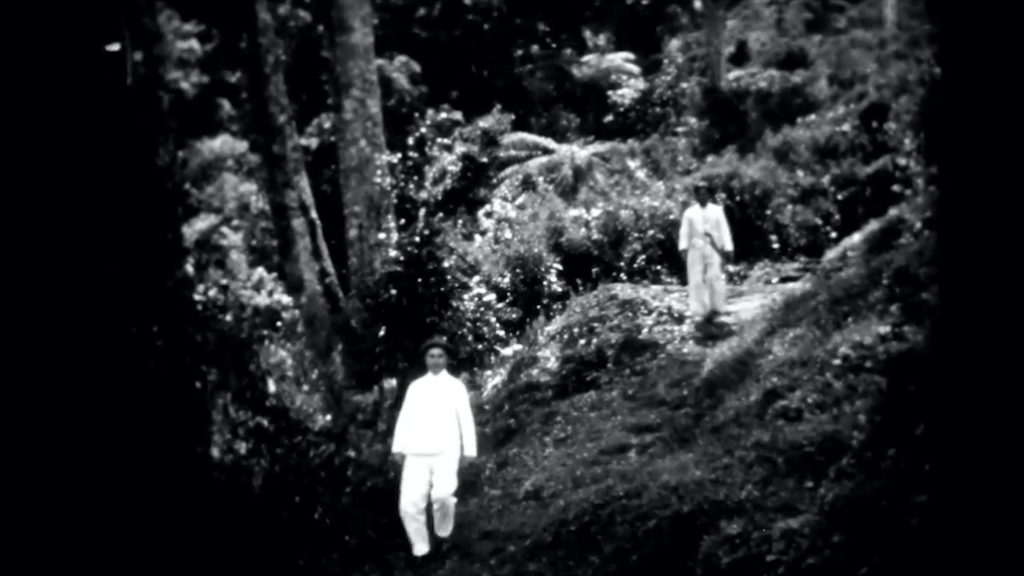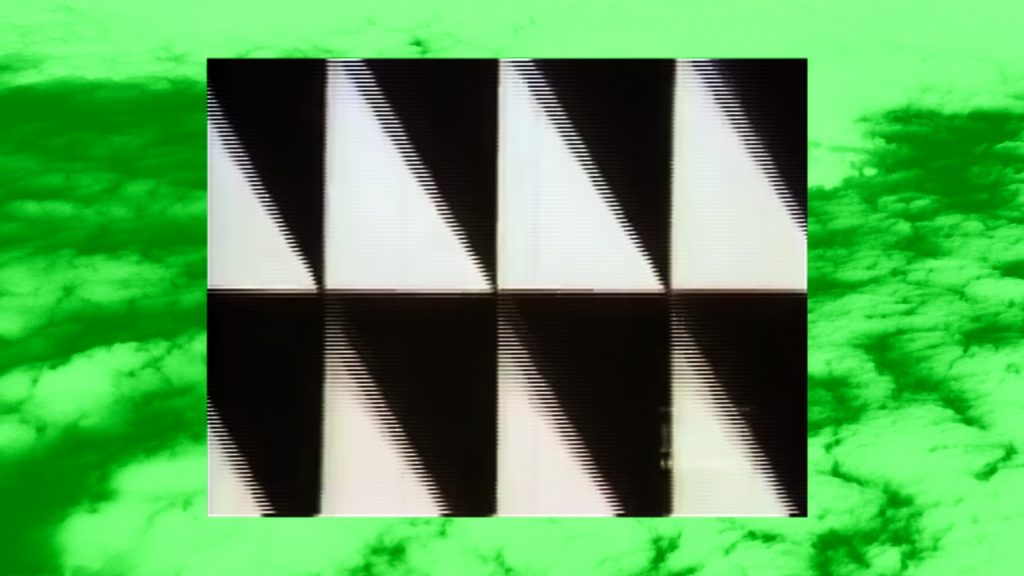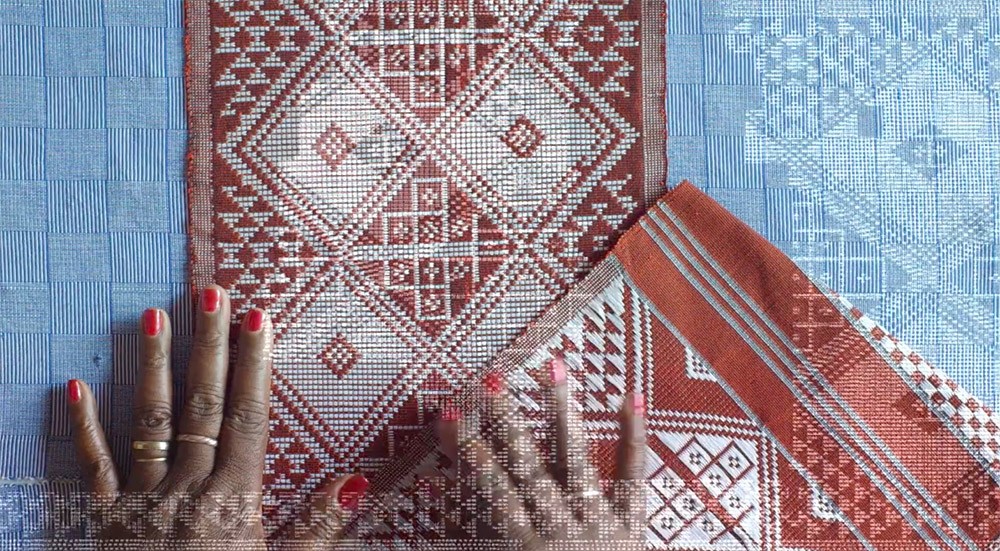Riar Rizaldi
Indonesia / Qatar, 115’, 2023
Repressed by the state-sponsored violence, a mystic is determined to stay in his land in the foothill of Mount Merapi. Nothing can change his determination to stay on his land and keep practicing his belief of being one with the mountain. On the other side of the mountain, a volcanologist keeps insisting that the end of the world is near. Although he is criticized heavily by his female assistant by questioning his worldview, this volcanologist insists that the only reality is a scientific one. Gaining knowledge from the earth-sensing technology, he declares that mitigation is the only way for humanity to survive from a colossal eruption of Merapi that he predicts. Not far from where volcanologists conducted their research in Merapi, the sand mining industry blooms. One miner, while documented by a filmmaker, contemplates the impact of sand mining and extraction economy for the community, the mountain, and his own psyche. In Merapi, everything is connected by the presence of paramilitaries. A form of state apparatus. Formed in a spirit of collective filmmaking and between factual and fictional, future and past, material and incorporeal, scientific and magic, Monisme reflects the intermingled relationships between people in Mount Merapi: from a mystic who believes that Merapi is a God who gives him life and death, a volcanologist who sees Merapi as a threat to human existence, to a sand miner who treats Merapi as a source of livelihood because it provides him with resources to extract. Monisme trips to the place where actuality is intertwined with myth and legend.
Bio:
Riar Rizaldi works as an artist and filmmaker. He works predominantly with the medium of moving images and sound, both in the black-box of cinema settings as well spatial presentation as installation. His artistic practice focuses mostly on the relationship between capital and technology, labour and nature, worldviews, genre cinema, and the possibility of theoretical fiction. His works have been shown at various international film festivals (including Locarno, IFFR, Viennale, BFI London, Cinema du Reel, Vancouver, etc) as well as NTT InterCommunication Center Tokyo, Centre Pompidou Paris, Times Museum Guangzhou, Istanbul Biennial, Taipei Biennial, Venice Architecture Biennale, Biennale Jogja, and National Gallery of Indonesia amongst others. His short film Tellurian Drama (2020) won Silver Screen Award for Best Southeast Asian Short Film at Singapore International Film Festival 2020 and awarded Honourable Mention at DOK Leipzig 2021.
